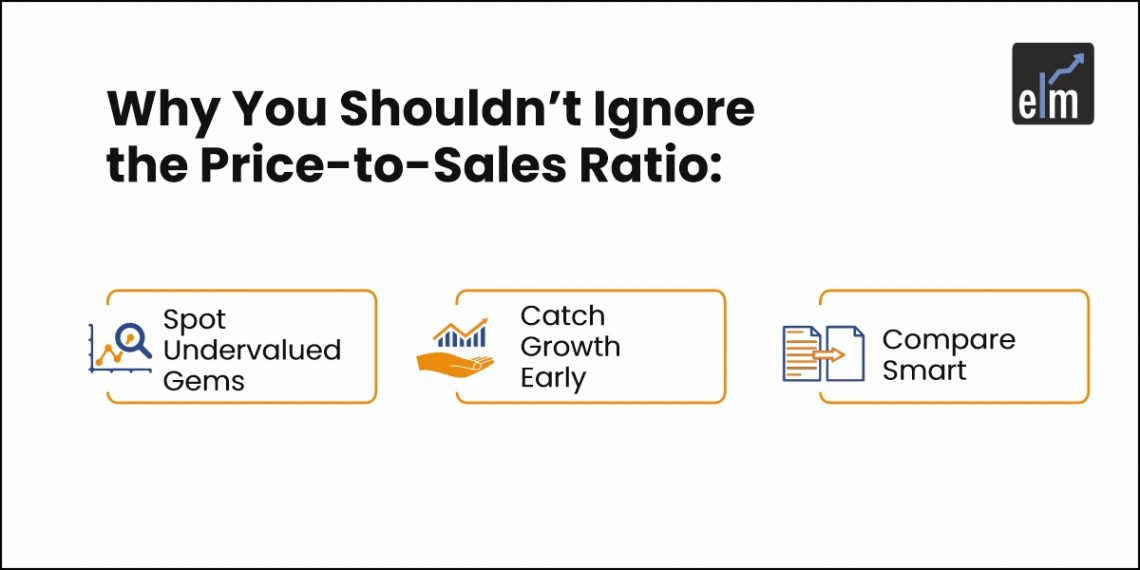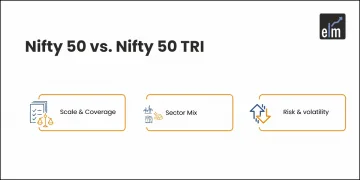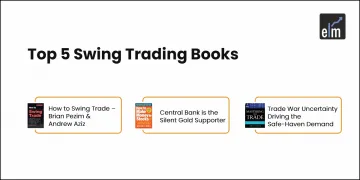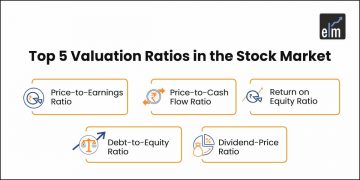Stock prices fluctuate due to factors like demand, supply, and macroeconomic conditions; therefore, the price at which the stock is trading on exchanges may not be fair. Chances are that the stock is undervalued or overvalued.
Paying a fair or lower price for a stock can lead to a better return on investment, while overpaying may reduce profits. One way to assess if a stock is fairly priced is by checking its price to sales ratio.
What is Price to Sales Ratio?
The Price to Sales ratio is a valuation metric which compares a company’s market capitalisation to its total revenue, showing how much investors are willing to pay for each unit of the company’s sales.
Developed by stock market expert Kenneth L. Fisher, the P/S ratio helps identify overvalued or undervalued stocks, especially during the early growth stages of a company when its valuations can be unrealistic. Fisher believed strong management could solve issues and drive stock prices up, so he used sales as the base of the formula because while earnings fluctuate, sales do not.
Price to Sales Ratio Formula: P/S Ratio
The price to sales ratio of a company can be calculated in two ways:
- Divide the company’s market capitalisation by its total sales over a designated period (usually twelve months)
Price to Sales Ratio = Market Capitalisation / Sales
- Divide the stock’s price by sales per share to find P/S ratio on a per share basis.
Price to Sales Ratio = Stock Price / Sales per share
The P/S ratio doesn’t factor in a company’s debt or balance sheet, nor does it tell you if the company is profitable or will be. It’s best not to rely on the P/S ratio alone for investment decisions—always consider other factors like debt, cash flow, and industry trends for a clearer picture.
Why is the Price to Sales (P/S) Ratio Useful to Investors?
The price to sales ratio can help to find the value of growth stocks that are yet to be profitable or are going through a temporary lull period. Some merits of the P/S ratio for investors include:
Shows stock’s value
The P/S ratio allows for assessing the value of stocks based on sales as well as determining whether the securities under consideration are likely to be worth more or less.
For instance, take into consideration two companies operating in a similar market with equal sales; however, one of the companies has a lower P/S ratio than the other. This could imply that the stock with the lower P/S is most likely to be undervalued and hence, presents a lucrative investment opportunity.
Shows financial health
A lower P/S ratio can be a sign of financial strength, especially for companies still finding their footing. There are startup companies that don’t turn in any profits but rake in strong revenue – its low P/S ratio tells you it’s undervalued relative to its sales. This can be a goldmine for investors looking at new industries where profits take time, but revenue is already showing promise.
Helps in informed decision-making
Investors use the P/S ratio alongside other tools to make smarter choices. While it doesn’t tell the whole story, it works well with other metrics like the P/E ratio and cash flow analysis.
For instance, if a company has a high price to equity ratio, it means that its stock price is quite high based on earnings, but if it also has a low P/S ratio, it means it has strong sales. This contrast can help investors decide if the stock’s potential growth is worth the price.
Acts as a comparative for investors
The P/S ratio is useful for comparing companies within the same industry. It shows how the market values a company’s sales compared to its competitors, helping investors spot potential bargains or overvalued stocks.
For example, let’s say there are two tech companies, Company X and Company Y. Company X has a P/S ratio of 4, while Company Y’s is 6. Even though they’re in the same industry, investors might see Company X as the better deal because it offers more value for its sales.
How to Calculate P/S Ratio?
The price to sales ratio is calculated by taking a company’s market capitalisation (the number of outstanding shares multiplied by the share price) and dividing it by the company’s total sales—or revenue—over the past 12 months.
Here’s a step-by-step guide:
Understand Company’s Market Capitalisation
Market capitalisation, or “market cap,” is the total value of a company’s outstanding shares. To calculate it, multiply the current share price by the total number of shares.
For example, suppose a company ‘X’ has 10 lakh outstanding shares, and the current price of the stock is ₹50. Therefore, market cap value would be ₹50 (share price) X 10 lakh shares = ₹5 crore.
Get the company’s total revenue
Next, you need the company’s total revenue (or sales) from the last 12 months. This information is usually found in the company’s income statement or annual report. Let’s say that the company X generated ₹2 crore in revenue last fiscal year.
Apply the price-to-sales ratio formula
Now, apply the P/S ratio formula:
P/S ratio = Market Capitalisation /Total Revenue = ₹5 crore / ₹2 crore = 2.5
This means the company has a P/S ratio of 2.5, indicating that investors are willing to pay ₹2.50 for every ₹1 of the company’s sales.
Final Thoughts
The P/S ratio is one of the important ratios used by investors to understand the true worth of a stock. However, like all ratios, the P/S ratio is most relevant when used to compare companies in the same sector. It is important to make investment decisions based on more than one ratio or metric of a company.
To learn fundamental analysis of stocks, opt for the expert-led stock market fundamental analysis course offered by Elearnmarkets. From interactive webinars to online self-paced courses, you can learn trading from stock market superheroes who will help you master share market fundamental analysis.
Frequently Asked Questions
1. What is a Good Price-to-Sales Ratio?
The ideal price-to-sales ratio depends on the company and the industry because P/S ratios don’t hold the same valuation across different industries – this metric works best when you compare similar companies. Generally, a P/S ratio value between 1 and 2 is considered to be good; the smaller the ratio, the more undervalued the stock is.
2. What is the difference between P/S Ratio and P/E Ratio?
Although both the P/E and P/S ratio are important indicators of the valuation of a company, there’s a primary difference between them. The price to equity (P/E) ratio compares a company’s stock price to its annual earnings (profit); however, the price to sales ratio compares its stock price to its annual revenue (sales).
3. What does high & low price to sales ratio mean?
A company’s price to sales ratio indicates how much investors are willing to pay for each of share of the stock. A low P/S ratio indicates that a stock is undervalued, presenting it as a more profitable option for investors; however, a high P/S ratio indicates that a stock is overvalued.






